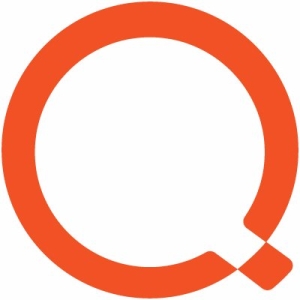I primarily use this solution to deploy software, to deploy patches, to deploy drivers, and to do software package updates. I'm not using all of the functionality that it has but another thing I do is push out Windows upgrades. Rather than doing them all at once, I push out the feature updates.
It is set up on a VMware virtual machine.
When I first joined the company, the director and the other help desk associates were going to each computer to do updates and patches. At the time, we had 274 computers in the building, and I felt that there had to be a way that it could be automated.
One of the problems is that in order to get the updates completed, we were coming in on Saturday, which meant that they had to pay us overtime to get things done. When I started digging, I realized that you could use the SDA for automatic deployments and things of that nature. I was able to configure it to do what I needed to do.
I set up certain floors to be deployed during the night. The schedule was to complete 30 or 40 computers a night until they were finished. Then, when my director came to ask how the progress was, and I told him that the job was complete, he was shocked. It used to take them between two and three months to do the same thing.
Especially with the pandemic, where one day I have an employee in the office to work but the next day I don't, Quest has been instrumental in completing these tasks. With a couple of mouse clicks, I can get the job done.
The single pane of glass for managing devices is helpful because it allows me to perform updates and control things without having to disturb the doctors or nurses. The update process is transparent to them.
This solution provides us with IT asset management, software asset management, compliance, and patch management. This combination of features is important to us because we are able to perform all of these tasks without interrupting anybody's workflow. The most important thing is that we don't want to interrupt a doctor when they are with a patient and without Quest, if something critical needs to happen then I might have to wait to get into the office. During this time, the system could be vulnerable. Using a system with all of these capabilities and being able to use it after hours is key in IT.
The system makes it easy to update and configure things in our environment. If you get stuck then there are well-thought-out KBs available, and you can also ask people in the community. Personally, it has made my job easier. It's not as hands-on and it's more auditable.
Quest has absolutely saved me time, which I would estimate to be between two and three hours a day, easily. With the automations, things flow the way I need them to flow. When Windows updates come out on Tuesday, rather than deploying them on the weekend, we deploy them to all of the computers every Thursday. Because there is no more work to do on the weekends, it saves the company money, especially in overtime.
The automation helps on both ends. For one, you don't have the labor costs that you have to pay for in overtime. A lot of the things that we used to have to do by hand, I can now automate through the system. Then, at the same time, the work is getting done at the time you set it for. There is no "people factor", where they may not move as fast as expected. It happens, for example, that as people get tired, they get slower. Automation greatly diminishes the time that we spend going from one desk to the next. When I do it with the click of a button, everything is going to be done at that exact moment.

